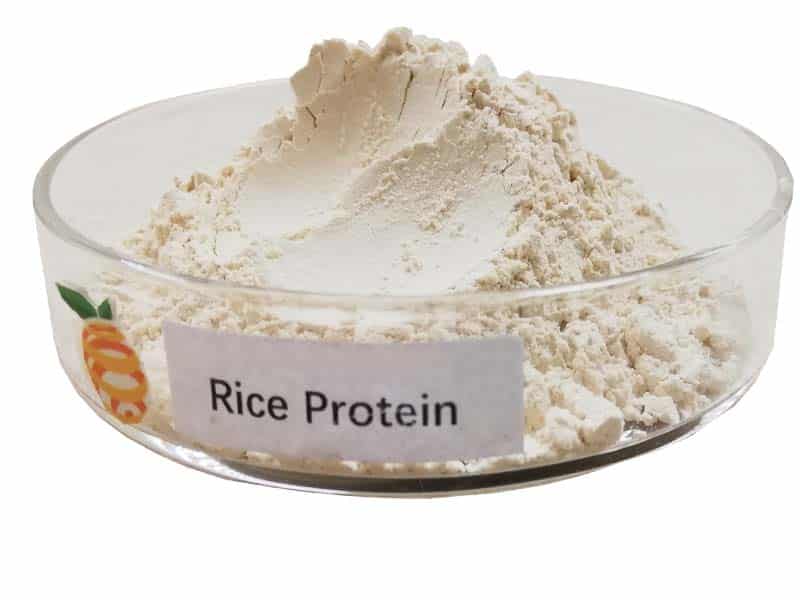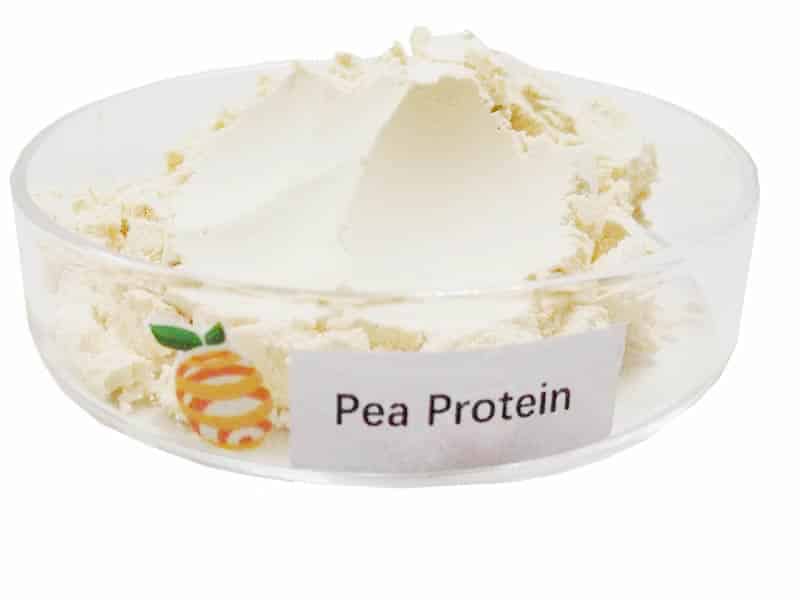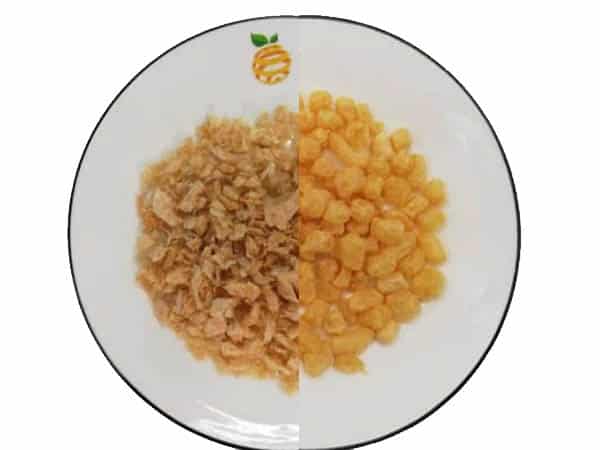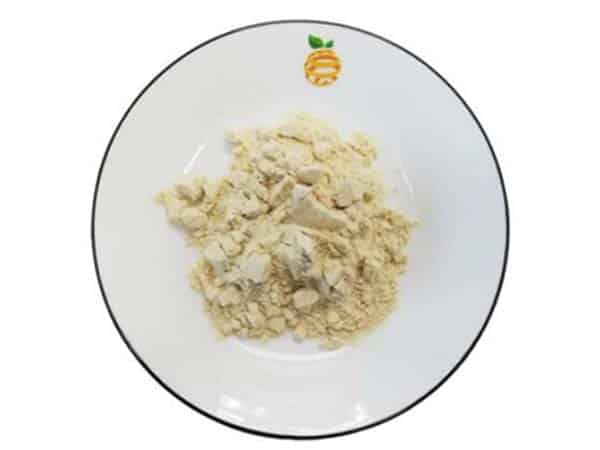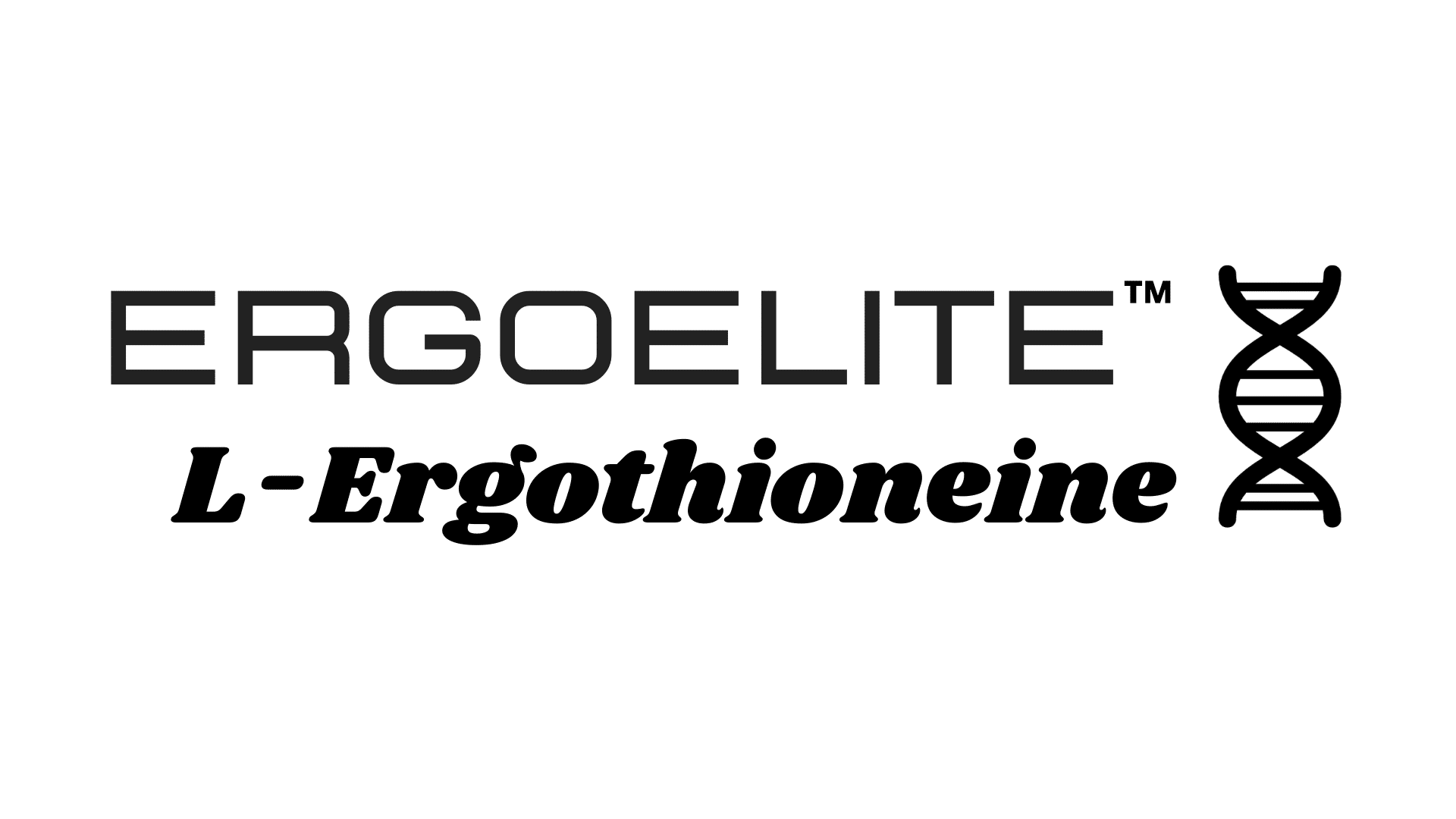Parents vs. Children’s Eating Habits: Expectations vs. Reality
-
Table of Contents
- Parents vs. Children’s Eating Habits: Balancing Expectations with Reality
- Understanding the Gap Between Expectations and Reality
- Parental Expectations
- Children’s Reality
- Strategies for Bridging the Gap
- Creating a Positive Food Environment
- Understanding and Respecting Children’s Food Preferences
- Case Studies and Statistics: Real-World Insights
- Case Study Highlights
- Relevant Statistics
- Overcoming Common Challenges
- Dealing with Picky Eaters
- Managing External Influences
- Conclusion: Finding Balance in Family Nutrition
- Enhance Your Family’s Nutrition with ETprotein Products
Parents vs. Children’s Eating Habits: Balancing Expectations with Reality

When it comes to nutrition, the dynamic between parents and their children can often be a complex interplay of expectations, preferences, and reality. Parents, armed with the best intentions and the latest dietary guidelines, often face the challenge of instilling healthy eating habits in their children. However, the reality of children’s eating habits can sometimes fall short of these expectations, leading to a family food environment that requires understanding, patience, and strategy.
Understanding the Gap Between Expectations and Reality
Parents typically have high expectations for their children’s diets, hoping to provide them with the nutrients needed for growth and development. However, the reality is that children are individuals with their own tastes, preferences, and influences. This section explores the factors contributing to the gap between what parents expect and what children actually eat.
Parental Expectations
- Consumption of a variety of fruits and vegetables
- Preference for whole grains over refined grains
- Limited intake of sugars and processed foods
- Appropriate portion sizes and self-regulation
Children’s Reality
- Preference for sweet and salty flavors
- Influence of peer preferences and media
- Desire for autonomy and control over food choices
- Variable appetite and interest in trying new foods
Strategies for Bridging the Gap
Understanding the reasons behind children’s food choices can help parents develop strategies to encourage healthier eating habits. This section provides practical tips for parents to help bridge the gap between expectations and reality.
Creating a Positive Food Environment
- Offering a variety of healthy options without pressure
- Modeling healthy eating behaviors
- Encouraging family meals and involvement in food preparation
- Limiting the availability of unhealthy snacks
Understanding and Respecting Children’s Food Preferences
- Recognizing that children may need repeated exposures to new foods
- Respecting dislikes while gently encouraging exploration
- Offering choices within a range of healthy options
- Being patient with picky eating phases
Case Studies and Statistics: Real-World Insights
Real-world examples and data can shed light on the effectiveness of different approaches to aligning children’s eating habits with parental expectations. This section delves into case studies and statistics that illustrate the challenges and successes families face.
Case Study Highlights
- Family interventions that led to improved dietary choices
- Success stories of picky eaters who expanded their palates
- Programs and policies that have positively influenced children’s eating habits
Relevant Statistics
- Percentage of children meeting daily fruit and vegetable intake recommendations
- Impact of school lunch programs on children’s nutrition
- Trends in childhood obesity and related dietary factors
Overcoming Common Challenges
Parents often encounter specific challenges when trying to improve their children’s eating habits. This section addresses common obstacles and offers solutions to help families navigate these issues.
Dealing with Picky Eaters
- Strategies for introducing new foods without conflict
- Understanding the root causes of picky eating
- When to seek professional help for feeding issues
Managing External Influences
- Counteracting the effects of advertising and media on children’s food choices
- Teaching critical thinking about food marketing
- Encouraging healthy choices outside the home
Conclusion: Finding Balance in Family Nutrition
In conclusion, while parents may have specific expectations for their children’s eating habits, the reality is often more complex. By understanding children’s perspectives, respecting their preferences, and employing strategic approaches, parents can guide their children towards healthier eating patterns. The key is to create a supportive environment that encourages balance, variety, and a positive relationship with food.
Enhance Your Family’s Nutrition with ETprotein Products
If you’re looking to boost your family’s nutrition, consider incorporating ETprotein’s high-quality protein products into your meals. Their range of organic, non-GMO, allergen-free proteins can help ensure that your children get the essential nutrients they need for growth and development. Whether you’re making a smoothie, baking healthy treats, or preparing a family dinner, ETprotein’s products are a versatile and nutritious addition to any recipe.
About ETprotein:
ETprotein, a reputable protein and L-(+)-Ergothioneine (EGT) Chinese factory manufacturer and supplier, is renowned for producing, stocking, exporting, and delivering the highest quality organic bulk vegan proteins and L-(+)-Ergothioneine. They include Organic rice protein, clear rice protein, pea protein, clear pea protein, watermelon seed protein, pumpkin seed protein, sunflower seed protein, mung bean protein, peanut protein, and L-(+)-Ergothioneine EGT Pharmaceutical grade, L-(+)-Ergothioneine EGT food grade, L-(+)-Ergothioneine EGT cosmetic grade, L-(+)-Ergothioneine EGT reference grade and L-(+)-Ergothioneine EGT standard. Their offerings, characterized by a neutral taste, non-GMO, allergen-free attributes, with L-(+)-Ergothioneine purity over 98%, 99%, cater to a diverse range of industries. They serve nutraceutical, pharmaceutical, cosmeceutical, veterinary, as well as food and beverage finished product distributors, traders, and manufacturers across Europe, USA, Canada, Australia, Thailand, Japan, Korea, Brazil, and Chile, among others.
ETprotein specialization includes exporting and delivering tailor-made protein powder and finished nutritional supplements. Their extensive product range covers sectors like Food and Beverage, Sports Nutrition, Weight Management, Dietary Supplements, Health and Wellness Products, and Infant Formula, ensuring comprehensive solutions to meet all your protein needs.
As a trusted company by leading global food and beverage brands and Fortune 500 companies, ETprotein reinforces China’s reputation in the global arena. For more information or to sample their products, please contact them and email sales(at)ETprotein.com today.





